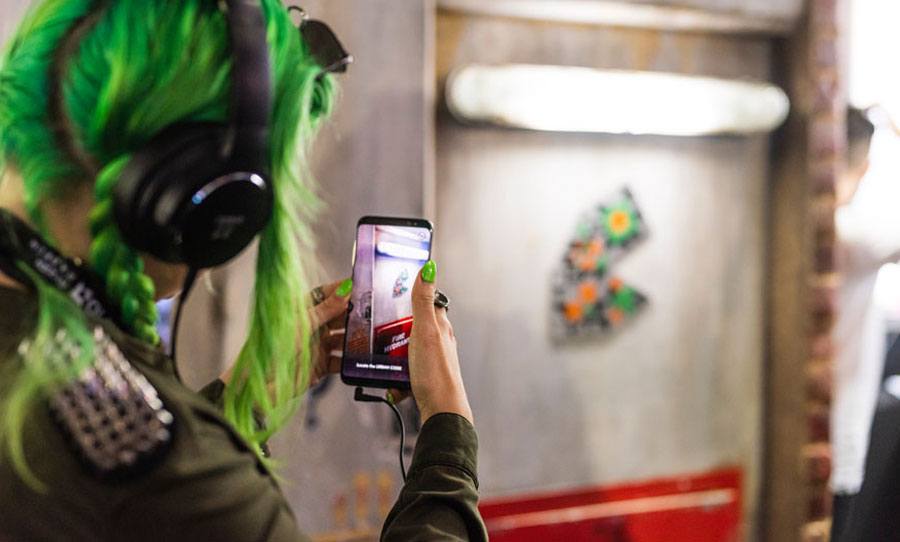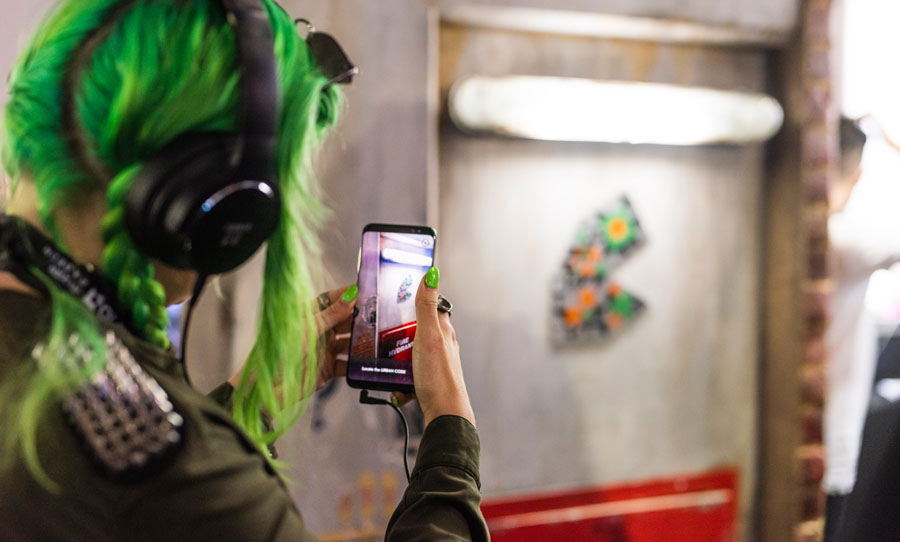Augmented reality is one of those rare technological phenomenons that exploded into public consciousness with a bang, before settling into maturity. Few could escape the Pokémon GO phenomenon of 2016. Definitely conceived in an era before a planet-wide lockdown, it got people out into the streets and congregating in groups, you know, all those things we’re not supposed to do now.
Yet, I digress. Say what you like about the actual game, Pokémon GO brought the concept of augmented reality to a wider public. While subsequent apps and games that utilise this experience haven’t approached the Beatles-esque sensation of the aforementioned, they have shown that AR can be implemented in all kinds of ways.
Importantly, the augmented reality experience can be accessed easily. It depends on the user’s interaction with objects in the real world and therefore mobile is king. So let’s explore the virtues and challenges of AR and where this unique form of gaming is headed.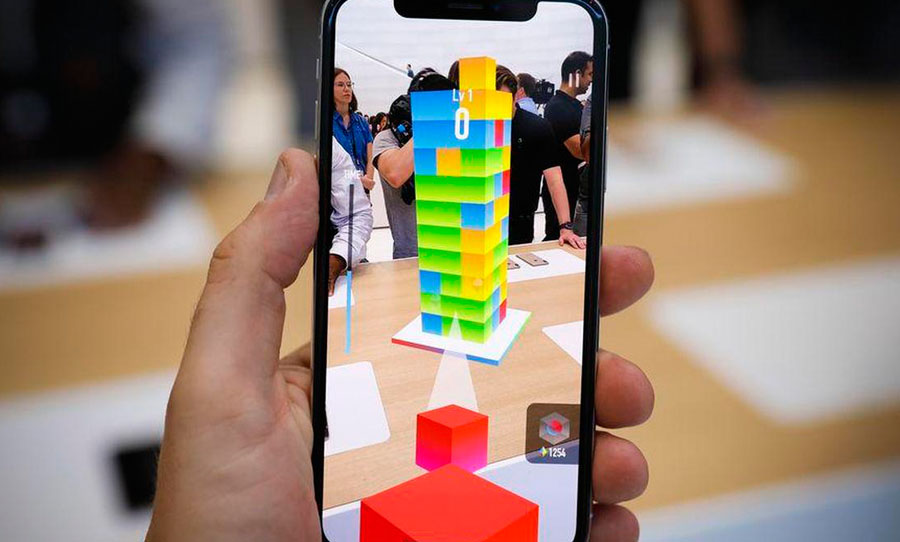
Augmented reality games exploded onto the scene a few short years ago. Ever since then, they’ve diversified and proved that this unique gaming experience is here to stay.
A surprisingly long history
In virtual reality, the perception of the user’s surroundings is completely virtual, but augmented is just like the name suggests: it’s real life, with some extra objects. Specifically, computer-generated objects combine with the view of the real world to form the overall experience. Though AR has only been in the public consciousness for a short period, experiments in the field go back a surprisingly long way.
In 1968, Harvard professor Ivan Sutherland invented a headset that would use computer-generated graphics to alter the user’s perception of reality. For the following two decades, experimentation in this new realm was slow. It was then picked up again in the early ’90s by the U.S. Air Force to pilot training.
Although it’s not really how we think of AR today, the technology had another major advancement in the late ’90s with American Football coverage. The complex game was simplified with the super-imposition of a yellow line on the field, so people at home could track the advancement of teams more easily across the field. A simple, elegant and incredibly effective use of the technique. 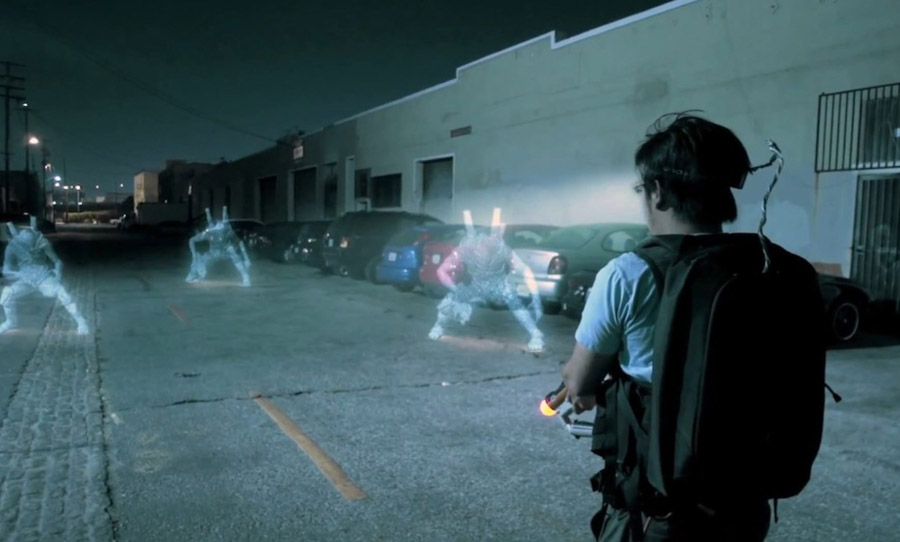
The mobile experience
As the clock ticked over to the new century, there was an increasing collection of new applications that utilised augmented reality. This was due in part to the release of Hirokazu Kato’s ARTools development software—an open-source program that enabled developers to easily build AR-based software.
Many companies have used AR to serve practical ends. Volkswagen, for example, released an app that uses AR to detect problems with your car and helps you to repair them, whereas IKEA uses AR to help you find the right furniture for your room. But how has gaming harnessed this new way of experiencing the world?
Despite offering a fresh perspective, AR gaming is restricted in ways that traditional games aren’t. A part of the challenge is the hardware—while attempting to immerse yourself in a game, you have to view it through the screen of a mobile device. 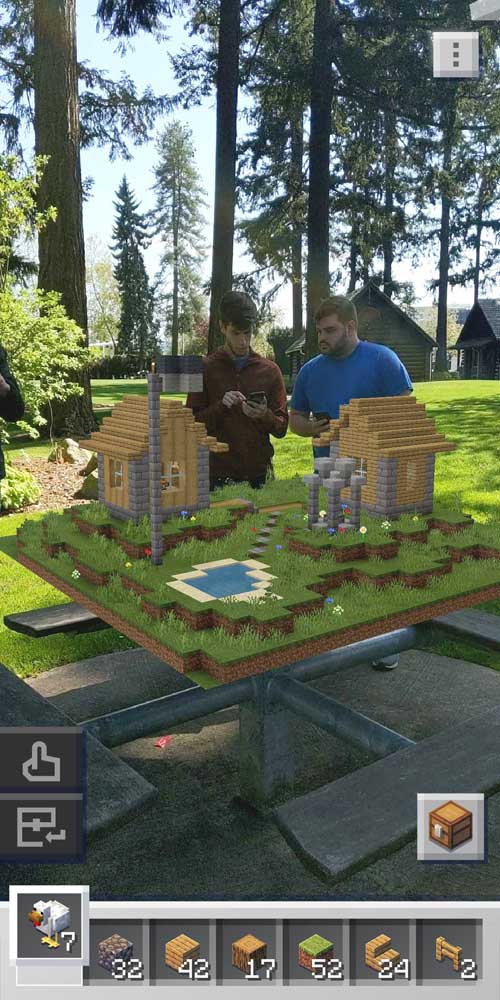
Yet the challenge of interacting with your mobile in a new way has also encouraged game designers to tell unique stories. Carrying around mobile GPS trackers is a boon for AR, and many games like the hit Ingress Prime utilises tracking data for players to locate portals in their local area. Collaborative experiences have also come to prominence as well. Minecraft Earth, for example, offers players a chance to team up and create new buildings and augment real-life ones.
We recently chatted with artist and game creator Troy Innocent about his AR game 64 Ways of Being. It transforms Melbourne into a playable city, where the player can connect with 64 different locations, offering different ways to unlock its characters and history.
“Playable cities now have the opportunity to make the city itself a platform for play – through radical interventions into the democratic use of data and social frameworks that connect people, place, technology and code,” said Innocent, “They allow people to reimagine the city, not to just to see the city-as-it-is but to experience the city-as-it-could-be.”
And though this kind of gaming experience feels a long way in concept from Pokémon GO, it highlights the strength of AR: it offers a way for people to discover something different about the things that already exist in our worlds. 